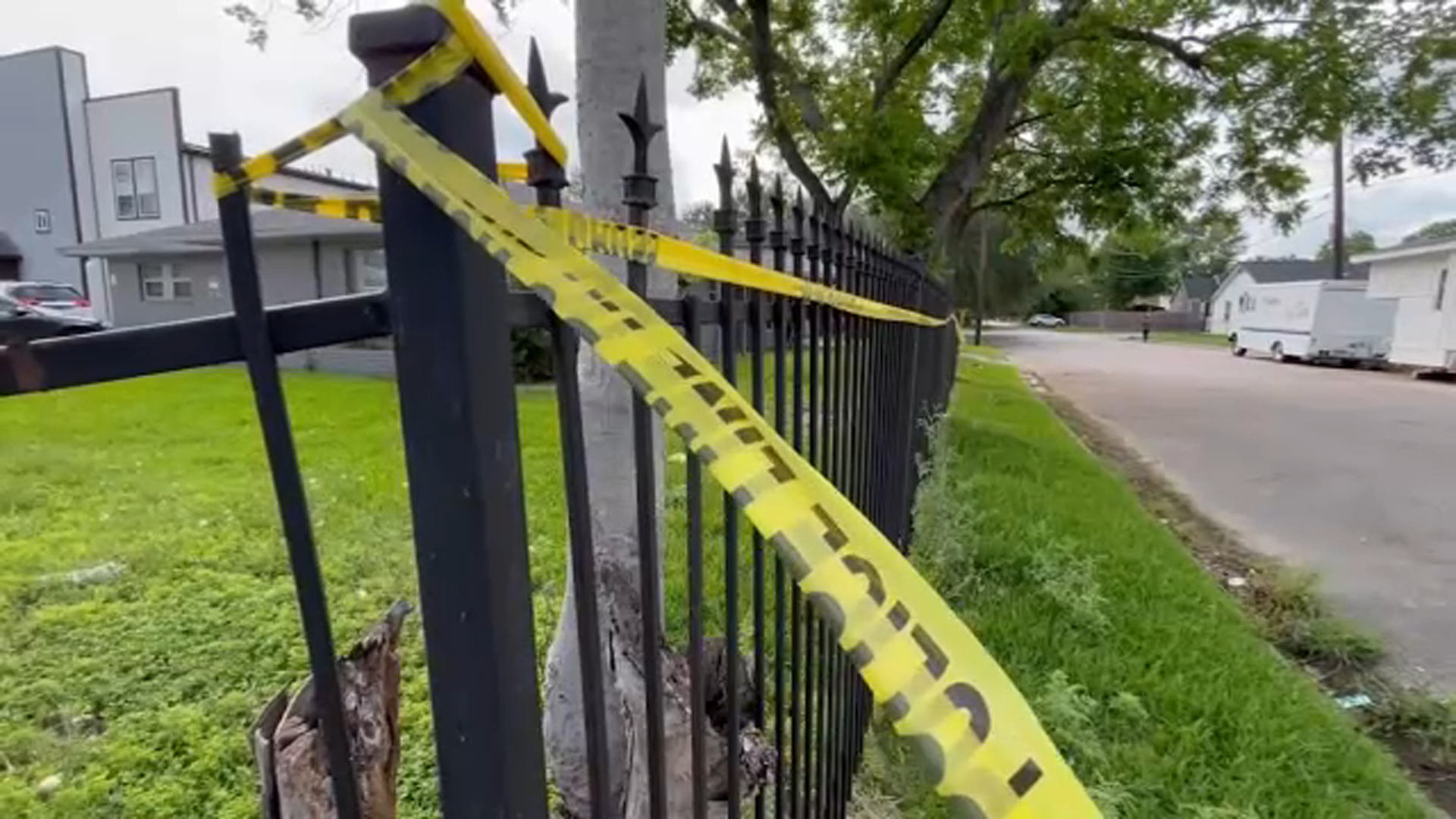Texas community colleges see biggest enrollment recovery since the pandemic
The uptick comes after community colleges saw enrollment drop by about 80,000 students between 2019 and 2021.
Texas community colleges saw a big post-pandemic recovery this year, preliminary fall enrollment data shows.
The video above is from ABC13's 24/7 livestream.
A total of 676,141 students were enrolled in community colleges this fall, representing a 4.25% increase in enrollment since 2021 and bringing those numbers closer to where they were before the pandemic. About 747,000 students were enrolled in public two-year colleges in 2019.
The uptick comes after community colleges saw enrollment fall by about 80,000 students between 2019 and 2021, causing community college enrollment to fall below the state's four-year universities for the first time since the 1990s. The drop came as a surprise to many community colleges expecting student enrollment to increase during the pandemic, as it typically does during economic recessions when students look for more affordable schooling options.
Texas Community Colleges Association President and CEO Ray Martinez said he believes affordability is a driving factor in the recovery.
"I think a lot of students are assessing the value of having a post-secondary degree or certificate," he said. "When they do that, they often look at what is the most affordable option, and the one that will give [them] the most return on value. That usually points toward a degree or certificate from a community college."
After Alvin Community College saw an 11% drop in enrollment between 2020 and 2021, Director of Recruitment and Enrollment Amanda Smithson said the college made an effort to expand its dual enrollment and certificate programs. Placing Alvin Community College academic advisers on local high school campuses made a big impact on the program's success, she said.
Dual enrollment courses allow high school students to earn college credit at a discounted rate through community colleges. This method has bolstered community college enrollment in recent years.
Since 2021, the college has seen a 6.22% increase in enrollment.
Smithson said the college received several million dollars in federal funding as a result of the pandemic, allowing it to provide more grants to students in need. In addition to federal funds, the college's ACC Foundation also helps some students cover the cost of textbooks and other expenses.
"We've been able to kind of put aside some emergency funds to help students who are just kind of in a bind," she said. "If you have a flat tire, and that flat tire is the thing keeping you from coming to class, then we can try to help you with that."
Temple Community College also saw a steady recovery in enrollment, which went up by almost 20% between 2021 and 2023. School officials said they had over 4,800 students enrolled this fall. Temple Community College Provost and Interim President Susan Guzman-Trevino said the increase was a result of the school's focus on expanding its programs and outreach.
"With the workforce opportunities and new businesses and industries that are coming to our area, the emphasis on career and [technical education] for the school districts and for us, [and] adding new programs to the college, I think those are going to be strategies that [we] are going to ensure our enrollment continues to trend upward," she said.
A new state funding model approved by the Texas Legislature this year could help community colleges sustain the upward trend in enrollment.
House Bill 8, which went into effect in September, now funds the state's community colleges based on how many of their students graduate with a degree or certificate or transfer to a four-year university. The bill incentivizes community colleges to offer more robust program offerings, including certificates, degrees, and industry-based credentials. HB 8 also rewards colleges when students complete short-term programs like non-credit, workforce education.
Smithson said the new funding model allows colleges to focus on student success and takes focus away from just having a student fill a seat in class.
"Now we're able to really drill in and see how we can help that student to be successful across the whole process," she said. "That provides us with an amazing opportunity to help this next generation of students excel here in school, and then be prepared to take on the real world outside of school."
As Texas community colleges' enrollment levels return to normal, Martinez said they have not forgotten about the students who dropped out of community college during the pandemic.
"A lot of marketing and outreach efforts are going on by our community colleges to make sure that those students that stopped out know that there are options to come back into post-secondary education," he said.
The Texas Tribune is a nonprofit, nonpartisan media organization that informs Texans - and engages with them - about public policy, politics, government and statewide issues.










